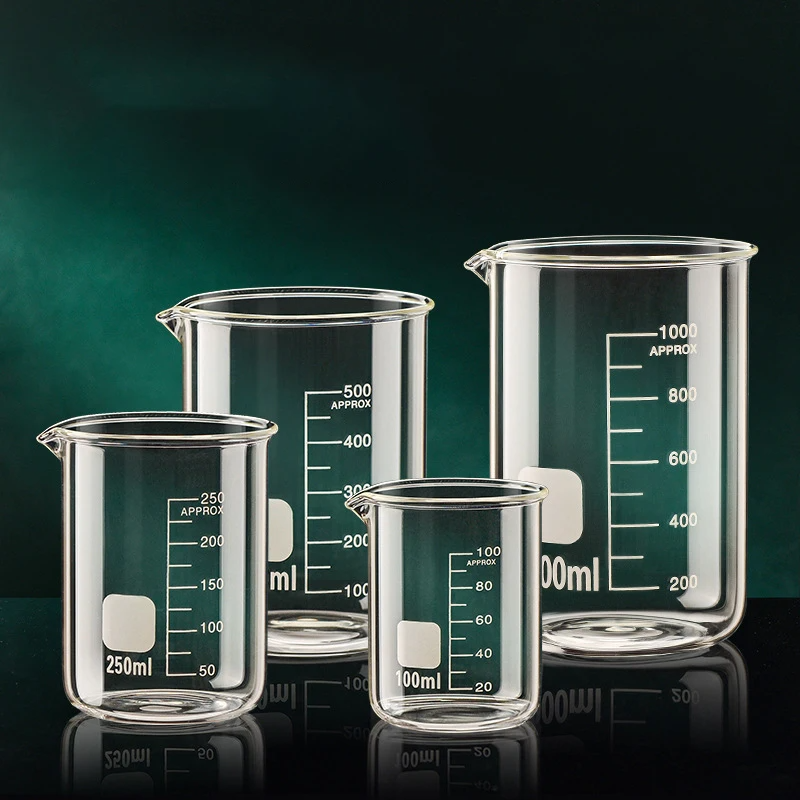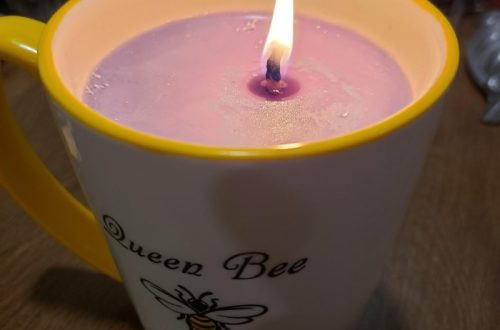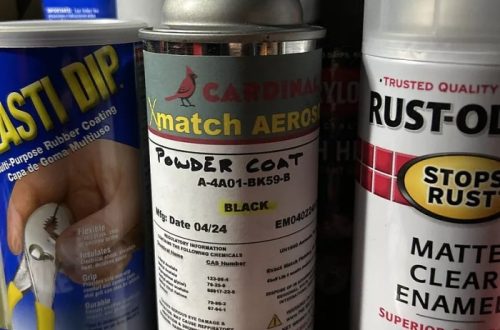Introduction: The Essentials of Laboratory Glassware
In any scientific laboratory, glassware plays a crucial role. Among the most common items are beakers and flasks. While they may appear similar to the untrained eye, these tools have significant differences. These differences between beaker and erlenmeyer flask impact their use and functionality in various scientific applications. This article delves into the distinctions in flask vs beaker, providing a comprehensive understanding of their unique features, uses, and advantages.
Why Understanding the Differences Matters
Understanding the difference between beaker and flask is essential for anyone working in a laboratory. Whether you are a student, researcher, or professional, selecting the appropriate glassware can influence the accuracy and success of your experiments. This knowledge also contributes to laboratory safety, as misuse of equipment can lead to accidents or erroneous results.
Design and Structure
Beaker: Form and Function
Beakers are one of the simplest forms of laboratory glassware. They have a straight cylindrical shape with a flat bottom, which provides stability. The sides of beakers are typically graduated, featuring measurement marks to indicate volume. This makes it easier to measure liquids, although the accuracy of these measurements is not the highest.
The lip of a beaker is often designed to form a spout. This spout allows for easy pouring of liquids, reducing the risk of spills. Beakers come in various sizes, ranging from a few milliliters to several liters. This variety makes them versatile tools in the laboratory setting.
Flask: Different Types for Different Uses
Flasks, on the other hand, come in several different shapes and types, each designed for specific applications. The most common types include Erlenmeyer flasks, Florence flasks, and volumetric flasks.
Erlenmeyer Flask
The Erlenmeyer flask has a conical shape with a flat bottom. Its narrow neck helps to prevent splashes and allows for easy sealing with a stopper. This shape makes it ideal for mixing solutions by swirling without the risk of spillage.
Florence Flask
The Florence flask, also known as a boiling flask, has a round body with a long neck. This design allows for uniform heating and is commonly used for boiling liquids. The round bottom requires the flask to be supported by a stand during use.
Volumetric Flask
Volumetric flasks are designed for precise measurements. They have a pear-shaped body with a long neck and a flat bottom. A single graduation mark on the neck indicates a specific volume, allowing for precise dilution and solution preparation.
Material and Durability
Material Composition
Both beakers and flasks are typically made from borosilicate glass. This type of glass is resistant to thermal shock and chemical corrosion. This makes it ideal for laboratory use where changes in temperature and exposure to various chemicals are common.
Some plastic versions are available, particularly in settings where breakage is a concern. Plastic beakers and flasks are less likely to shatter if dropped, but they may not withstand high temperatures or aggressive chemicals as effectively as borosilicate glass.
Durability Considerations
The shape and structure of erlenmeyer flask vs beaker also contribute to their durability. The cylindrical shape of beakers makes them more resistant to accidental knocks and bumps. Flasks, particularly those with narrow necks, can be more susceptible to breakage. However, the design of flasks often better protects the contents from contamination or evaporation.
Common Uses and Applications
Beaker: A General-Purpose Tool
Beakers are the go-to choice for many general laboratory tasks. Their wide mouth makes them ideal for mixing ingredients, dissolving solids into liquids, and conducting preliminary experiments. The graduated markings facilitate rough measurements. However, they are usually not precise enough for tasks requiring exact volumes.
Beakers also serve as containers for holding samples, heating liquids over a Bunsen burner, or performing chemical reactions. Their versatility makes them indispensable in settings ranging from high school laboratories to advanced research facilities.
Flask: Specific Uses for Specific Tasks
Flasks, with their varied designs, serve more specialized roles in the laboratory.
Erlenmeyer Flask Applications
Erlenmeyer flasks are excellent for titrations, where precise measurements are crucial. Their shape allows for easy mixing by swirling, making them ideal for reactions that require continuous mixing. They are also commonly used to cultivate microbial cultures in microbiology, as their narrow necks minimize the risk of contamination.
Florence Flask Applications
Florence flasks are often used in the distillation of liquids. Their round shape distributes heat evenly, which is essential during the boiling process. They are also used in chemical synthesis, where uniform heating is critical to achieving the desired reaction.
Volumetric Flask Applications
Volumetric flasks are indispensable when accuracy in measurement is paramount. They are used in analytical chemistry to prepare standard solutions of precise concentrations. The single graduation mark ensures that the user can measure liquids to a high degree of accuracy, making these flasks essential for quantitative analyses.
Accuracy and Precision
Beaker Accuracy
Beakers are generally not the first choice when precise measurements are required. The graduated marks provide approximate volumes but can be off by a significant margin. This makes them suitable for tasks where exact measurements are not critical but less ideal for tasks requiring high precision.
Flask Accuracy
When it comes to accuracy, flasks, particularly volumetric flasks, excel. The single graduation mark allows for highly accurate measurements. This is crucial in quantitative chemical analysis, where the concentration of solutions must be known to a high degree of certainty.
Mixing and Heating
Beaker: Basic Mixing and Heating
The straightforward design of beakers makes them suitable for mixing and heating tasks that don’t require high precision. Their wide mouth allows for easy stirring with a glass rod or magnetic stirrer. They are also stable when placed on a flat surface or a hot plate, making them convenient for heating.
Flask: Controlled Mixing and Heating
Flasks, depending on their design, offer more controlled environments for mixing and heating. Erlenmeyer flasks, for instance, allow for easy mixing by swirling, with a reduced risk of spillage. This is particularly useful for reactions where gentle mixing is necessary. Florence flasks, with their round bottoms, are designed to allow even heating. This makes them ideal for boiling and other applications where uniform temperature distribution is crucial.
Advantages and Disadvantages
Beaker Pros and Cons
Advantages
- Versatility: Suitable for various general tasks.
- Ease of Use: Simple design makes them user-friendly.
- Stability: Flat bottom ensures stability on lab benches.
Disadvantages
- Accuracy: Not ideal for precise measurements.
- Spillage: Wide mouth can increase the risk of spills.
Flask Pros and Cons
Advantages
- Precision: Volumetric flasks offer high accuracy in measurements.
- Controlled Environment: Narrow necks minimize contamination and evaporation.
- Specialized Use: Different designs cater to specific tasks.
Disadvantages
- Fragility: Narrow necks make them more susceptible to breakage.
- Complexity: Not as user-friendly for general tasks as beakers.
Safety Considerations
Safe Handling Practices
Proper handling is crucial for both beakers and flasks to ensure safety and avoid accidents. It is essential to inspect glassware for cracks or defects before use. Using clamps and stands can provide additional stability, especially for flasks with round bottoms.
When heating liquids, it is important to do so gradually to avoid thermal shock, which can cause the glass to shatter. Using appropriate personal protective equipment (PPE), such as lab coats, gloves, and safety goggles, is also vital to ensure safety in the laboratory.
Disposal and Cleaning
Proper cleaning and disposal of laboratory glassware are crucial for maintaining a safe working environment. While flask or beaker made of borosilicate glass can typically withstand dishwasher cleaning, it is vital to follow specific guidelines for chemical residues. Proper disposal of broken glassware and hazardous chemicals should always follow institutional and regulatory guidelines to ensure safety.
Cost and Availability
Market Options
Both beakers and flasks are readily available from various scientific suppliers. The price can vary significantly depending on the material, size, and manufacturer. Glassware made of high-quality borosilicate glass tends to be more expensive than plastic counterparts but offers greater durability and resistance to high temperatures and chemicals.
Budget Considerations
When budgeting for laboratory supplies, it is important to consider both the initial purchase cost and the long-term usability and durability of the glassware. While flasks designed for specific purposes might be more expensive initially, their precision and specialized features can justify the investment in the long run.
Conclusion: Choosing the Right Tool for the Job
Evaluating Your Needs
Understanding the differences in volumetric flask vs beaker is crucial for selecting the right tool for your specific laboratory needs. Both types of glassware offer unique advantages and are indispensable in various scientific applications. By evaluating your specific requirements, you can make informed decisions to enhance the accuracy, efficiency, and safety of your laboratory work.
Final Thoughts
In the world of laboratory glassware, beakers and flasks serve distinct yet complementary roles. Whether you require the versatility of a beaker for general tasks or the precision of a volumetric flask for analytical work, having a solid understanding of these tools ensures that you can make the best choices for your scientific endeavors. Investing in high-quality glassware in 2024 and following proper handling and safety protocols can significantly impact the success of your experiments, contributing to accurate and reliable scientific results.









